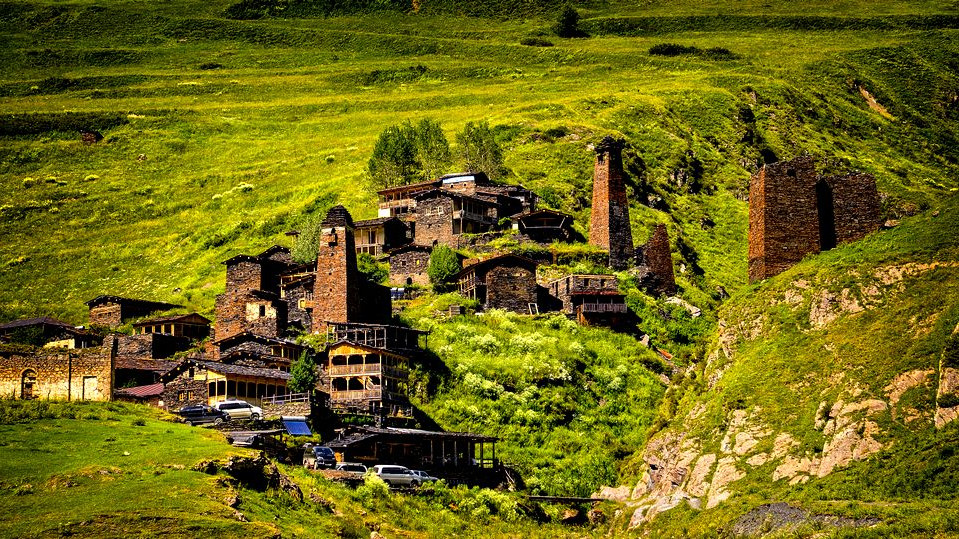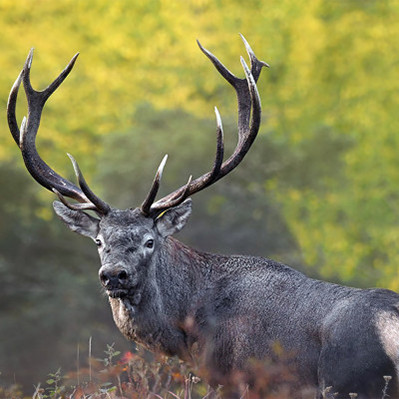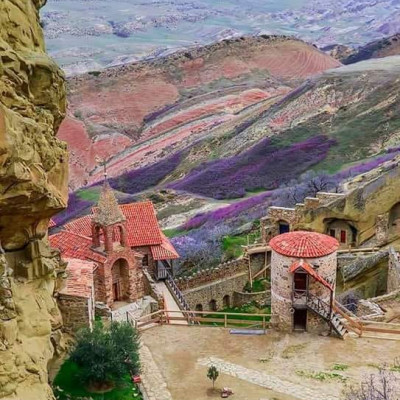
I fastened my boots on the windswept ridge above Omalo, where stone towers stare down deep green gorges and the only sound is the chime of sheepbells. For the next seven days our small band of trekkers would hop village to village across Tusheti—Georgia’s wild northeast corner—tracing ancient footpaths that still feel more hoof-worn than man-made.
The first climb delivered us to Dartlo, a fairy-tale cluster of slate-roofed houses perched like an eagle’s nest. An elderly hostess pressed warm khachapuri into our hands, and with it a shot of chacha “for strength.” Strength we needed: the trail to Chesho corkscrews over grassy passes where clouds snag on the 3,000-meter peaks. Each descent revealed a new hamlet, its watchtowers guarding stories of clan feuds, wool-trading caravans, and pagan rites that pre-date Christianity by centuries.
Nights were spent in family guesthouses scented with burning juniper. We learned to knead Tushetian khinkali, sipped deep-red Aluda beer, and listened to polyphonic songs that seem to echo off every limestone wall. By day six, my city timing was gone; I walked to the rhythm of horses and ravens, measuring time by the mountain shadows sliding across fields of blue gentian.
When we dropped back into Omalo’s Alazani-facing valley, the modern world felt remote—exactly the medicine my inner highlander had craved. Tusheti doesn’t just offer scenery; it hands you a simpler clock, stitched from sunlight, sheep paths, and the hospitality of people who still live by them.
Pack stamina, respect, and an empty stomach—this trek feeds body and myth in equal measure.






 Deutsch
Deutsch
 русский
русский
